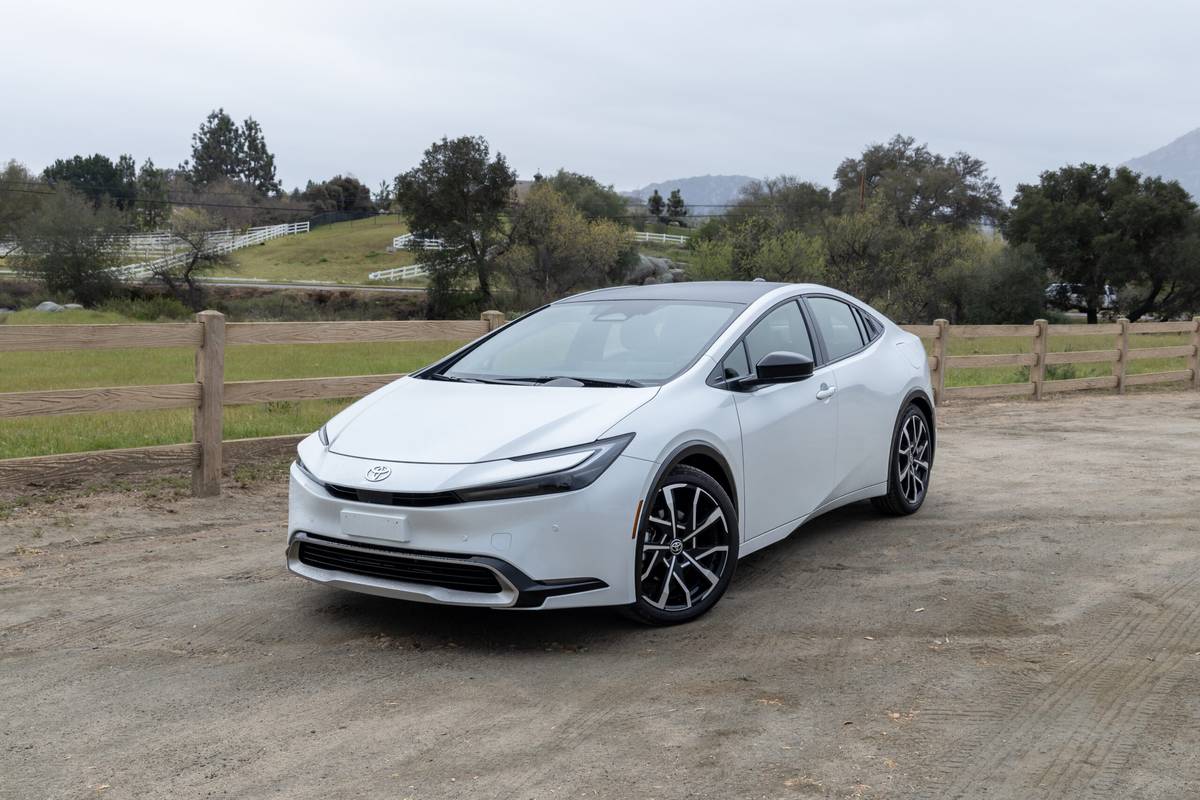
The verdict: The all-new 2023 Toyota Prius Prime plug-in hybrid pushes the boundaries of how sporty an efficient vehicle can be without going all-electric, but it makes the same sacrifices as its gas-electric hybrid sibling.
Versus the competition: The Prius Prime is both more efficient and sportier than the Kia Niro PHEV, but not as practical or nice inside. While the efficiency is welcome, it’s hard to believe the Prius Prime’s sportiness is going to win the hearts and minds of shoppers.
When Toyota revealed the redesigned 2023 Prius hybrid and Prius Prime plug-in hybrid at the 2022 Los Angeles Auto Show, I could hardly believe my eyes: A Prius looked … good? I was ready to find an optometrist until my co-workers agreed with me, though they were just as stunned.
We recently drove the 2023 Prius hybrid and declared it the “best-driving Prius ever.” I just came back from unusually unsunny southern California, where I drove the new Prius Prime. With sport-oriented trim levels, 24-26 horsepower extra from its PHEV powertrain, but no available all-wheel drive like the regular Prius offers, could the Prius Prime be an even better drive? (Per Cars.com’s ethics policy, we pay for travel and lodging when attending manufacturer-sponsored events.)
Related: 2023 Toyota Prius Review: Newly Sexy, Still Not Perfect
Nearly Identical Interior, Identical Problems
Let’s get the smaller stuff out of the way first: The smaller interior we bemoaned in the Prius hybrid is still here, and it’s still problematic. I don’t mind the materials quality issues as much as Detroit Bureau Chief Aaron Bragman, but it’s undeniable that the interior of the Kia Niro Plug-In Hybrid, the Prius Prime’s chief PHEV rival, is far more comfortable, higher-quality and better designed.
I appreciate that Toyota moved the instrument panel from the center of the dashboard in the previous-generation Prius Prime to a small, 7-inch pod in front of the driver, but it sits above the steering wheel and to keep my view unobstructed, I needed to position the steering wheel lower than I preferred. Steering wheel position is an underrated aspect of the driving experience, and that lack of comfort hampers confidence.
The backseat is still just as cramped as the hybrid’s, too, though the larger battery pack doesn’t make it any worse. Headroom is lacking, and taller passengers will have to slouch or angle their necks to fit. Cargo space is also unchanged from the hybrid, and while the Toyota-estimated 20.3 cubic feet is probably enough for errands or a two-person trip, the Niro PHEV’s similarly sized cargo area is more traditionally shaped than the Prius Prime’s.
Infotainment is also better than the previous generation … but it’s still not as good as what you can find in competitors, particularly the Niro. The 8-inch (standard in the SE and XSE trims) and 12.3-inch (optional in the XSE, standard in the XSE Premium) touchscreens both have wireless Apple CarPlay and Android Auto smartphone connectivity, and the graphics are crisp and clear. But the screen has no dedicated “home” control, and many of its built-in features are subscription-based or require a data connection.
Related Video:
We cannot generate a video preview.
Better Than the Regular Prius?
Despite the interior’s foibles, the driving experience was the star of the show. Acceleration is brisk (for a Prius) with a 6.6-second 0-60 mph time, according to Toyota. I don’t doubt that figure, either. The previous Prius Prime had 121 hp, but this new one has 220 hp. This more than makes up for its roughly weight gain of some 100-200 pounds (depending on the trim level) versus the prior generation. The new Prius hybrid is considerably lighter but still not as quick to 60 mph with a 7.2-second time for front-wheel-drive models, according to Toyota’s estimates.
Braking was incredibly impressive in its directness and linearity. We praised the brakes in the Prius hybrid and I knew that going into this drive, but given the nonlinear, mushy braking feel I’m used to in Toyota hybrids, the Prius Prime’s brakes are a pleasant surprise.
The Prius Prime also has excellent ride quality — even with its available 19-inch wheels — and a stellar steering and chassis setup that makes it enjoyable to throw into corners. Even on a rain-dampened route that made me more cautious, I think the added power (despite the FWD-only layout) makes the Prime the sportier of the Priuses … the Prii … the two. It was also clear, however, that the Prime’s weak spot is its efficiency-first tires. The Prius Prime wouldn’t be able to achieve its impressive mpg or mpg-equivalent estimates without them, but a stickier set of tires would make for a lot more fun. There are rumors of a possible Gazoo Racing or GR variant of the Prius a la the GR Corolla, and if they’re true, I hope Toyota gives that Prius the performance tires it … deserves? (I cannot stress enough how strange it is to write these things about a Prius.)
Fuel economy is estimated at 53/51/52 mpg city/highway/combined for the Prius Prime SE on 17-inch wheels and 50/47/48 mpg for the XSE and XSE Premium on 19s. Where the Prius Prime really outshines the Niro PHEV is in estimated all-electric range — 44 or 39 miles, depending on the trim, versus a maximum of 33 — and in mpg-e ratings: 127 (SE) or 114 (XSE, XSE Premium) compared with the Niro PHEV’s 108 mpg-e. But if you really want an efficient compact plug-in, the previous-gen Prius Prime boasts 54 mpg combined and 133 mpg-e, but only 25 miles of all-electric range for 2022. It’s impressive that the new Prius Prime sacrifices so little efficiency for so much more performance, but it still sacrifices a bit.
Charged Up
Another aspect of the PHEV experience is the “plug-in” part. According to Toyota, the Prius Prime can fully charge in about four hours using Level 2 service and 11 hours on a standard household outlet. Four hours isn’t that long, but other PHEVs can fully charge in less time — the 2023 Hyundai Tucson PHEV can charge its similarly sized battery in as little as two hours, according to Hyundai. Why the difference? The Prius Prime’s onboard charger maxes out at only 3.5 kilowatts, which is considerably less than the 7.2-kW-capable onboard charger in the Tucson PHEV. It’s a limiting factor when charging the Prius Prime on Level 2 service.
As an uncontrolled experiment, once I ran the battery down to 0% — I wasn’t driving with efficiency in mind — I switched the powertrain mode to one that uses the 2.0-liter gas engine exclusively and recharges the battery. In a little more than 20 minutes of driving, I’d added about a 25% charge back to the battery. This also added a lot more engine noise in the cabin, however; the Prius Prime is happy to stay in quiet all-electric mode, but the gas engine can sound a bit rowdy once it gets involved.
More From Cars.com:
- Is the 2023 Toyota Prius a Good Car? 6 Pros and 4 Cons
- 2023 Cars.com Affordability Report: Best Value New Cars
- Up Close With the 2023 Toyota Prius and Prius Prime: Function Finally Meets Form
- Redesigned 2023 Toyota Prius Ramps Up Efficiency, Safety Tech
- Toyota Unveils EV Incentive Calculator for Buyers
Should You Choose the Prius Prime?
After our recent review of the new Dodge Hornet, which has a “sporty” R/T PHEV variant that disappointed, it feels like the Prius Prime might have to join it on the island of misfit toys. The Prius Prime is not a disappointment, but buyers looking for performance in the Prius Prime’s $33,000-$40,000 price range are unlikely to gravitate toward it; not when Hyundai has multiple N cars, Honda has the Civic Si and the Type R, Volkswagen has the Golf GTI and Toyota itself has the GR Corolla. For all of the Prime’s sporty merits, it’s still held back by some of its inherent Priusness, and I don’t think it’s going to sway performance-minded buyers toward a Prius. A GR Prius maybe, but not this one.
And while its all-electric range is longer than the Niro PHEV’s, the interior funkiness and lack of room make the Prius Prime feel like a less practical choice. The Niro hybrid already won our Best Car of 2023 award, and the Niro EV is our Top EV Pick for Commuters. I’d love to put the Prius Prime up against the Niro PHEV and settle things in a head-to-head comparison.
Cars.com’s Editorial department is your source for automotive news and reviews. In line with Cars.com’s long-standing ethics policy, editors and reviewers don’t accept gifts or free trips from automakers. The Editorial department is independent of Cars.com’s advertising, sales and sponsored content departments.



























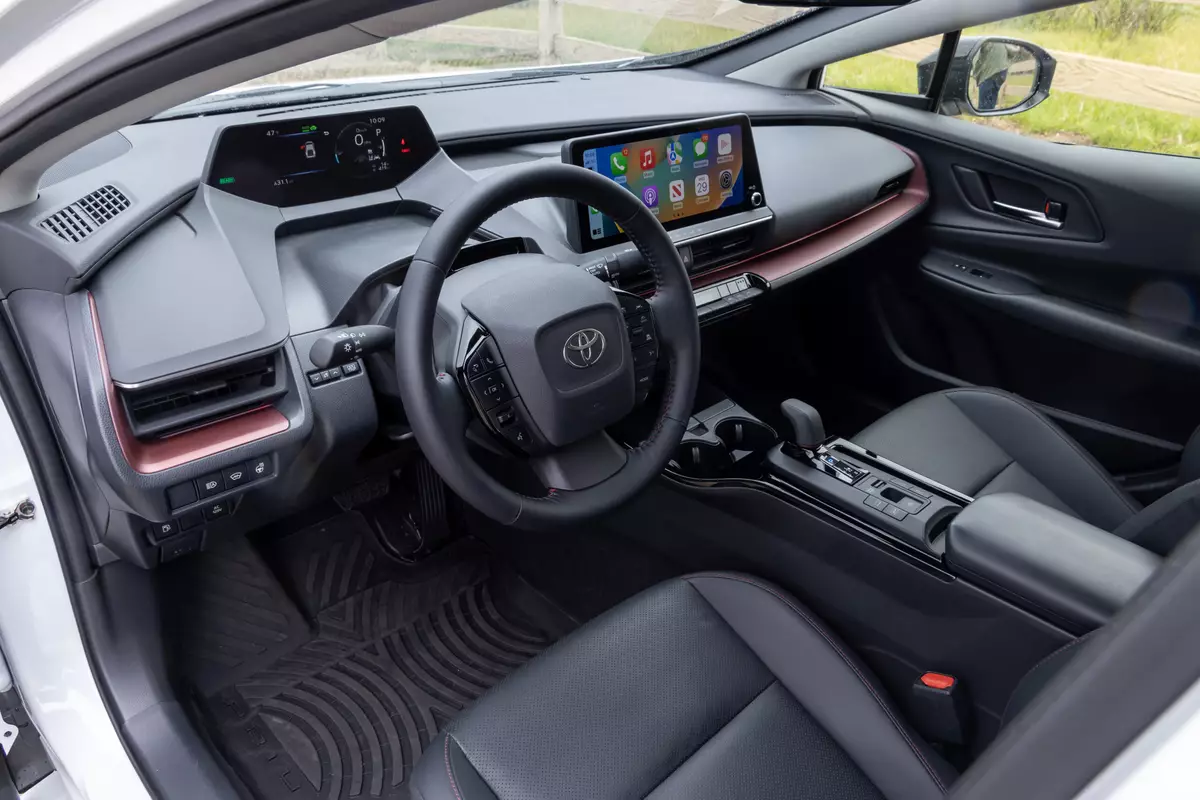

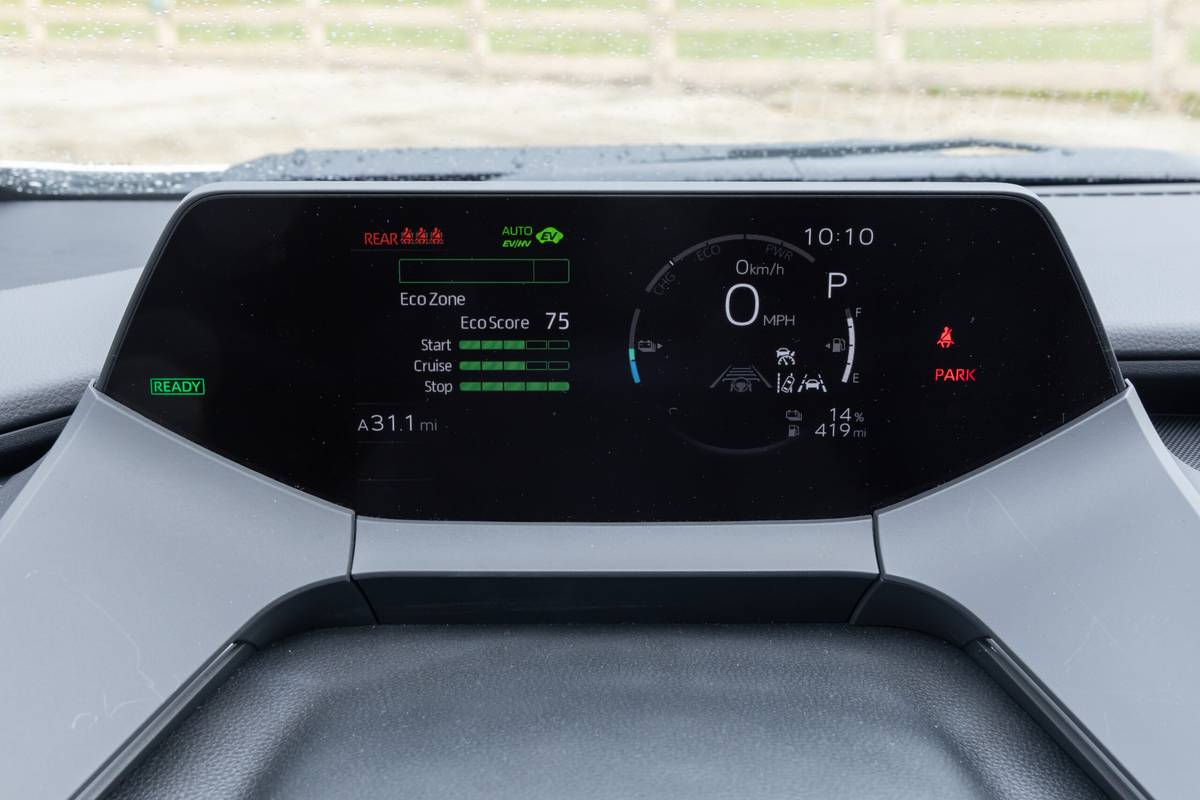
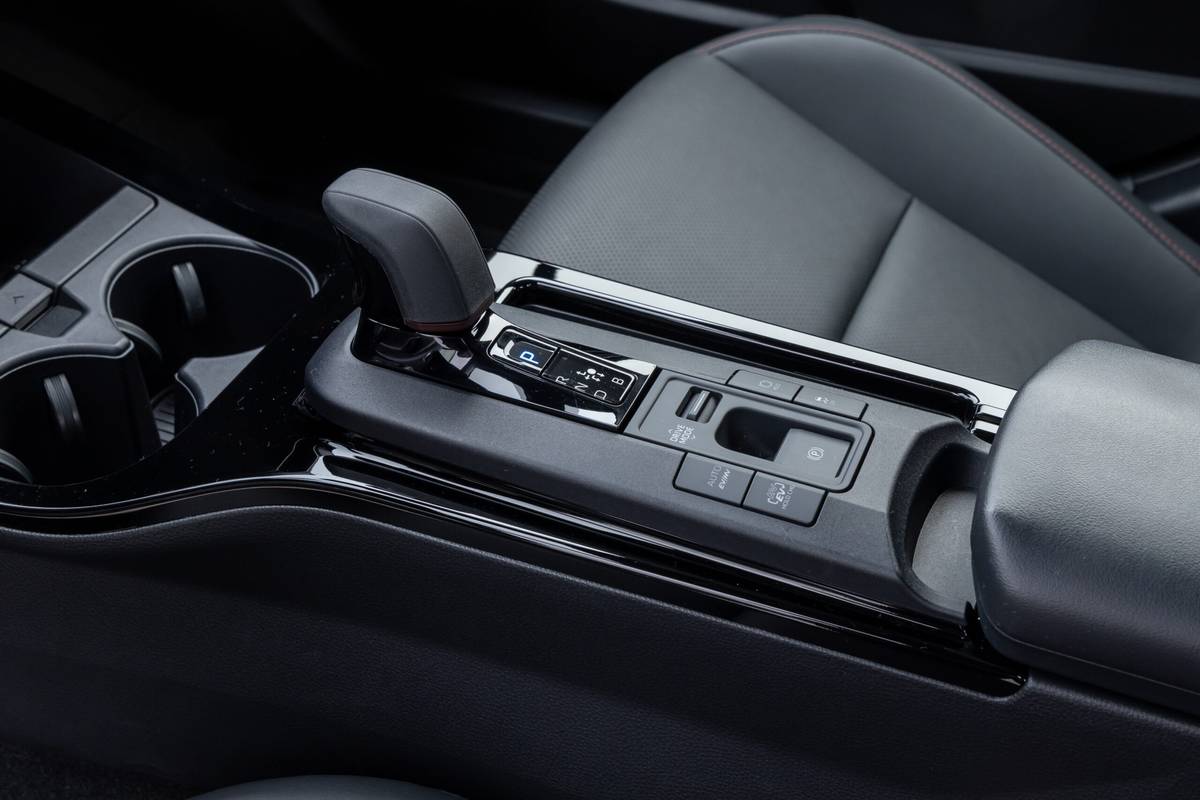
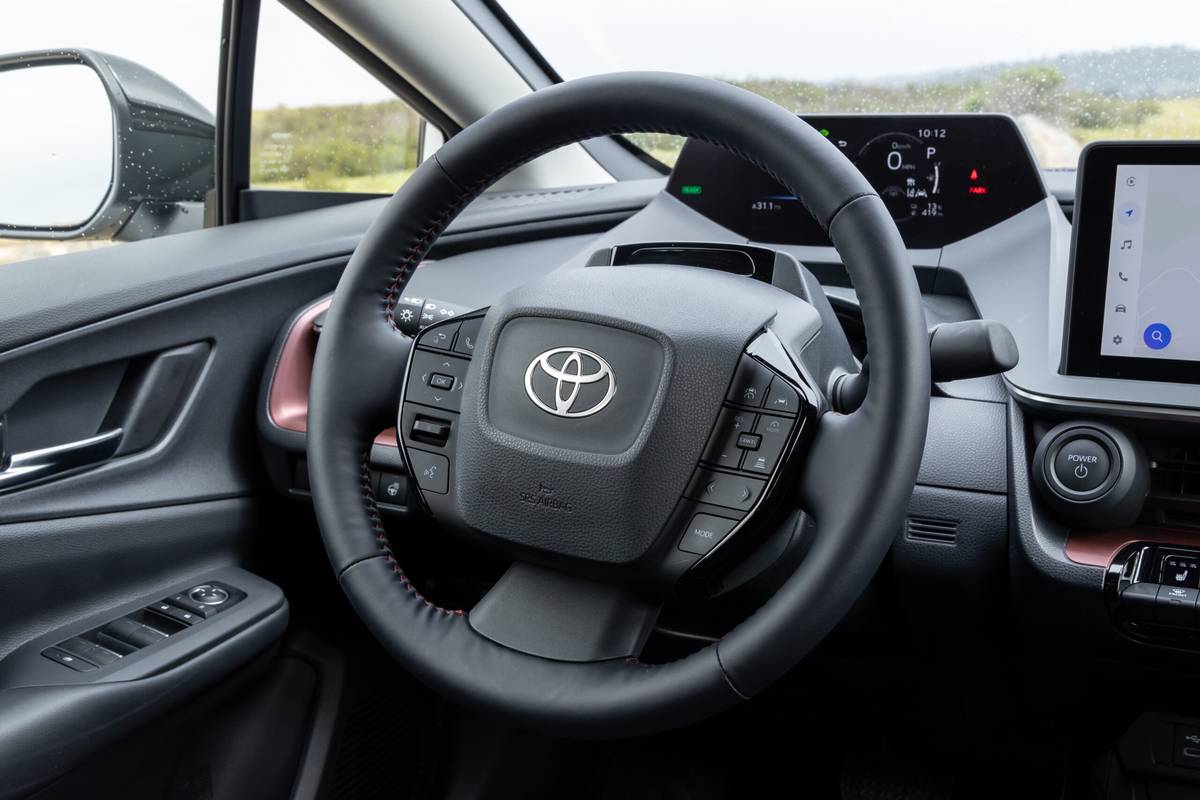
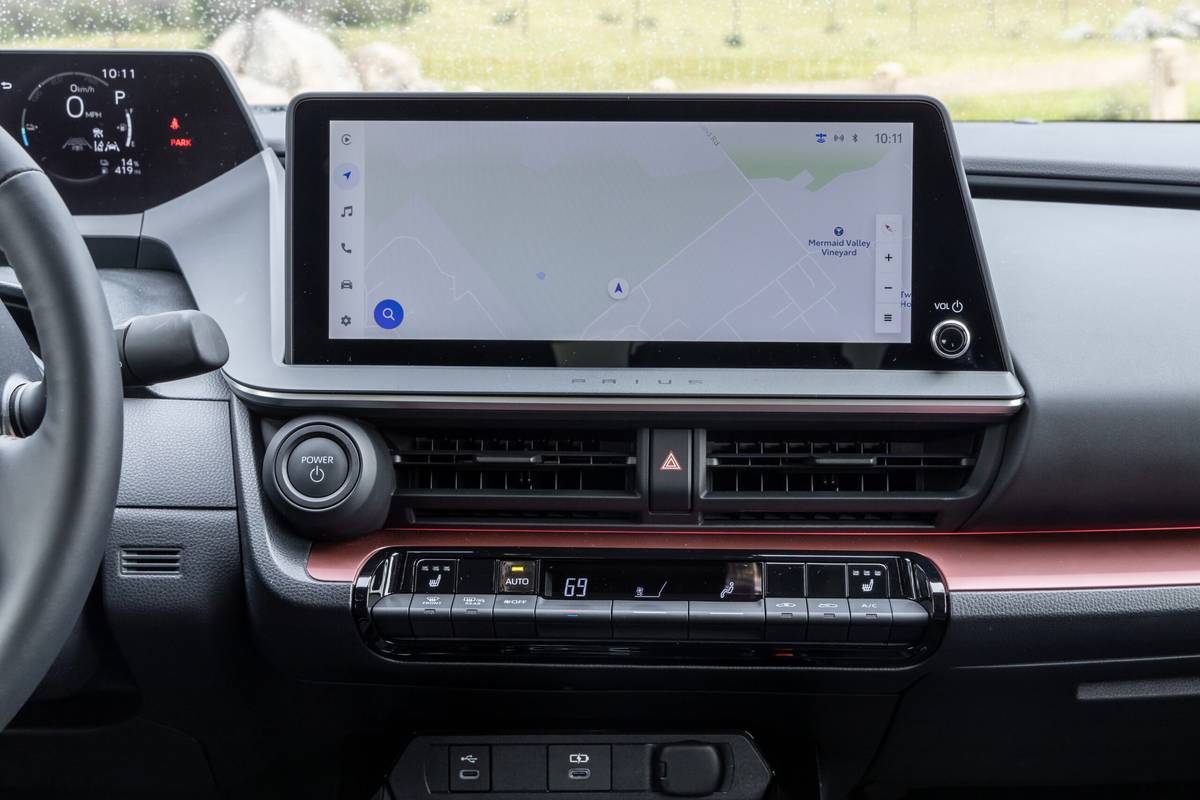
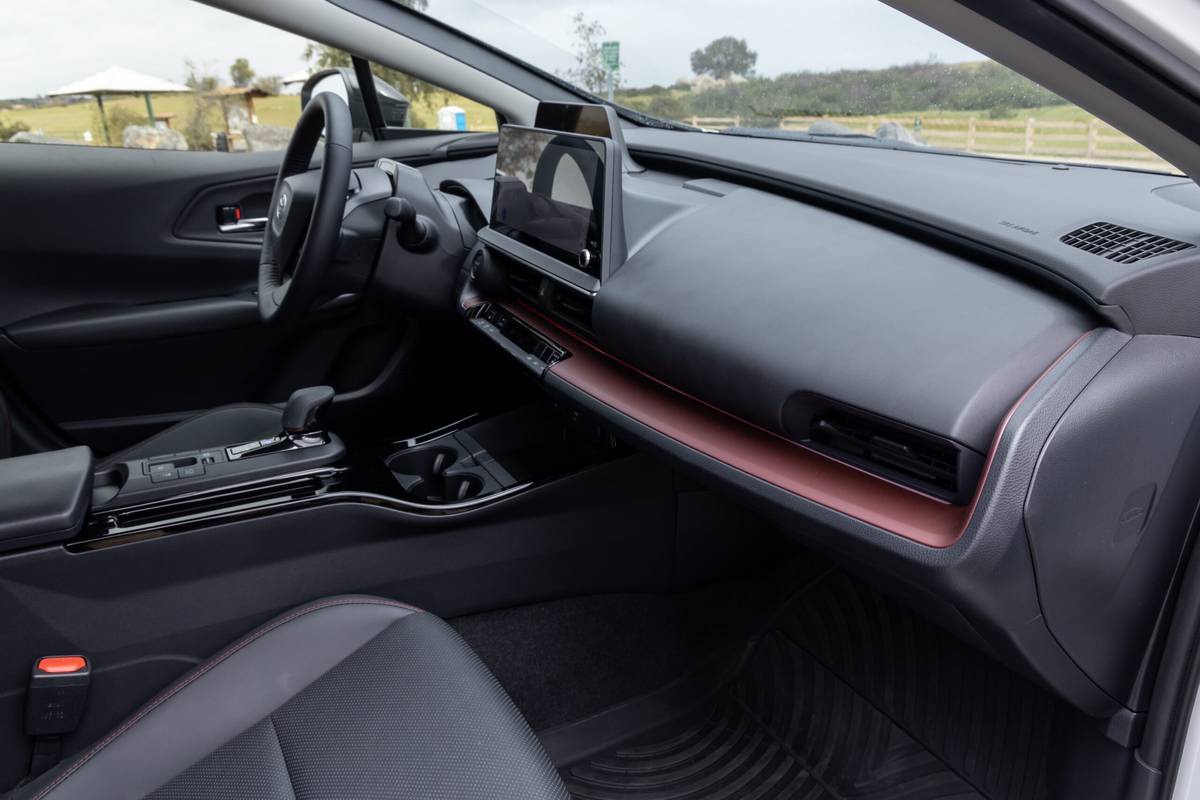
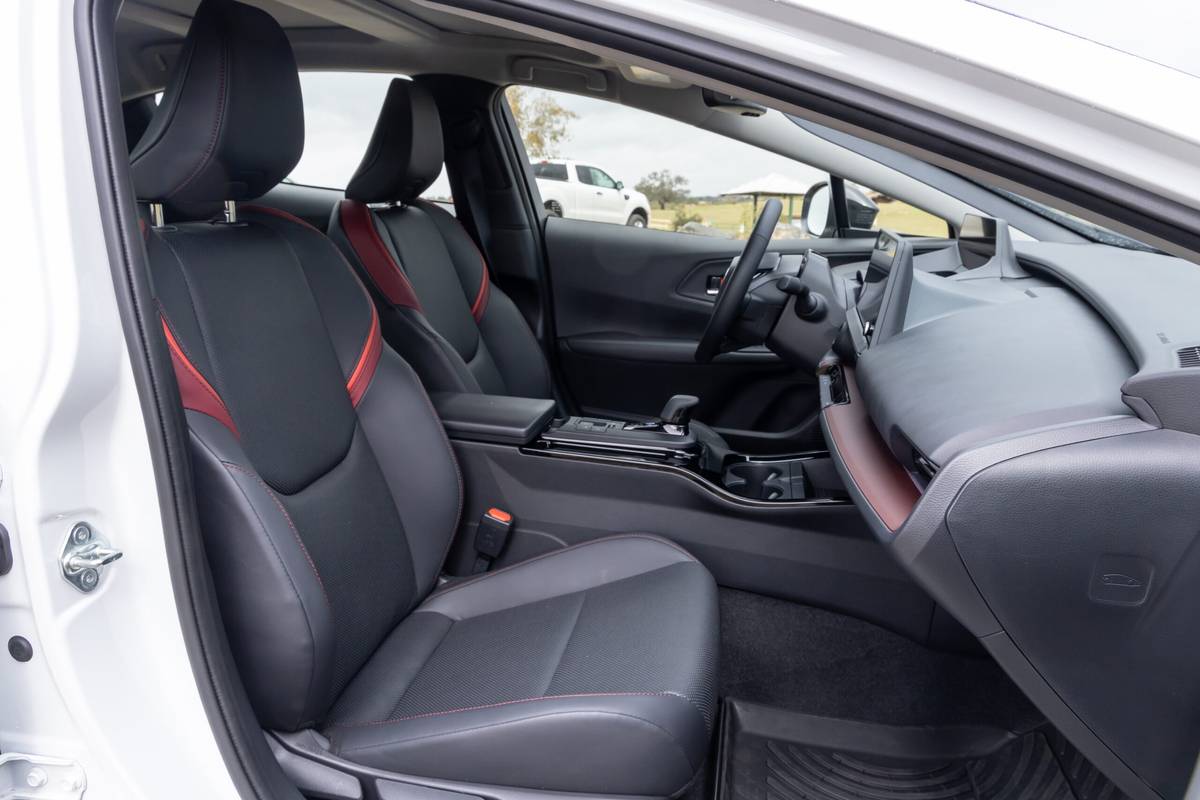
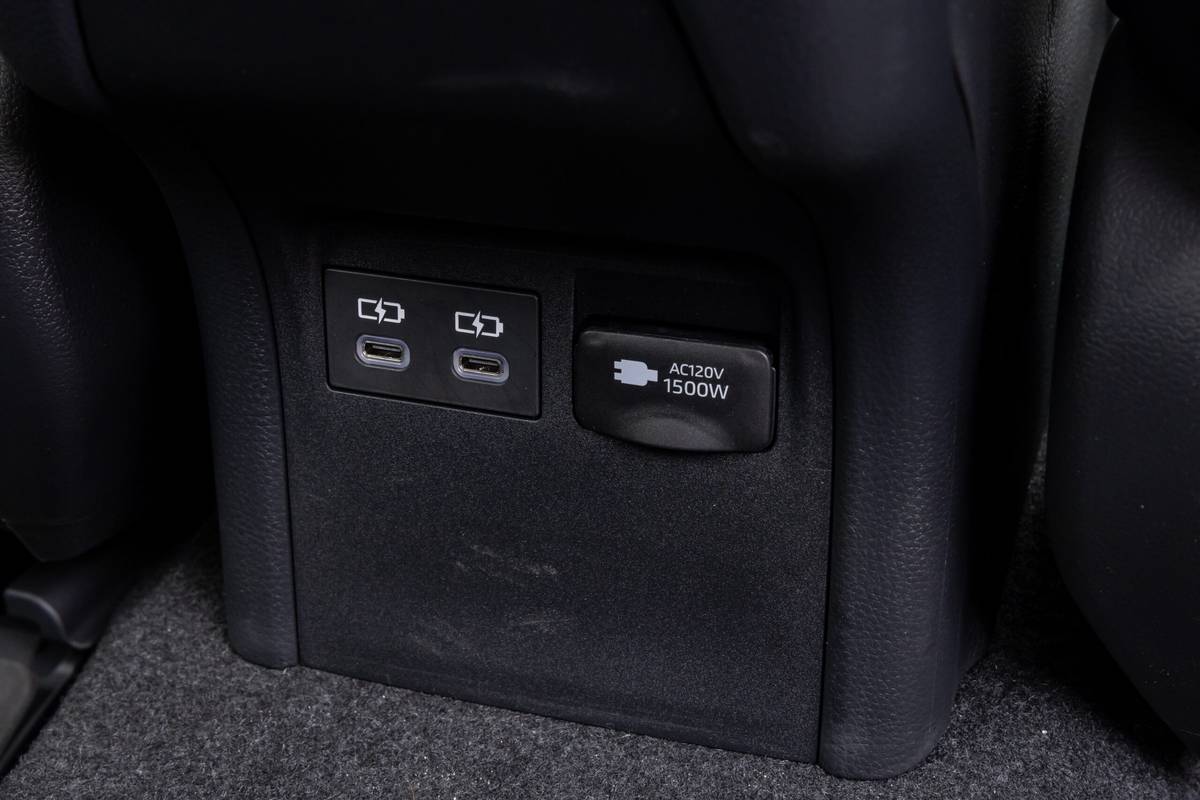
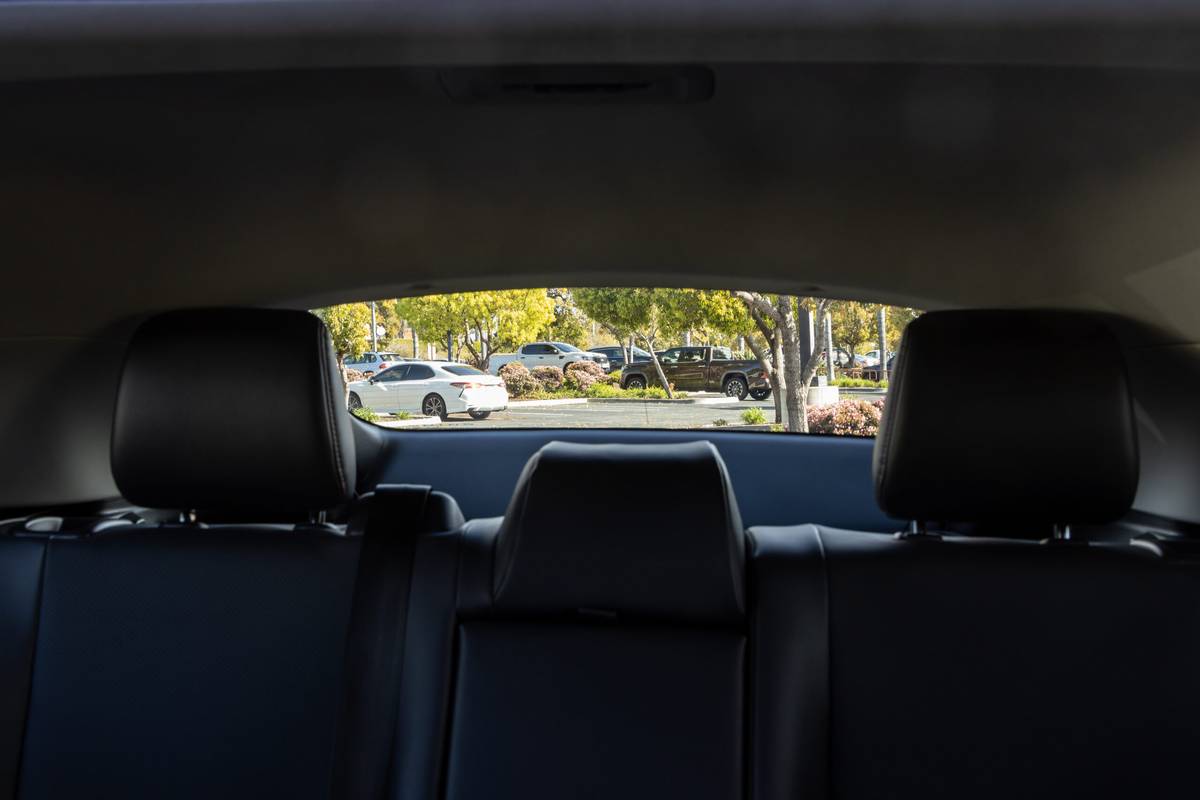
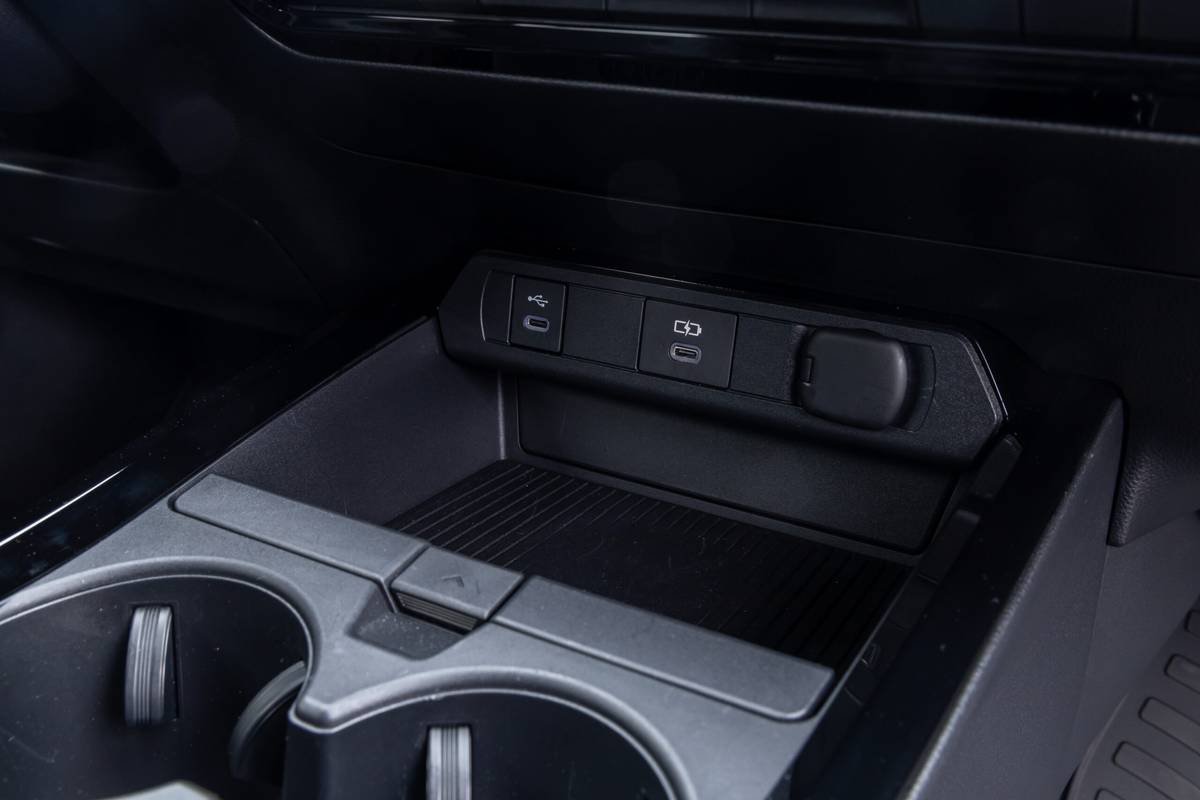
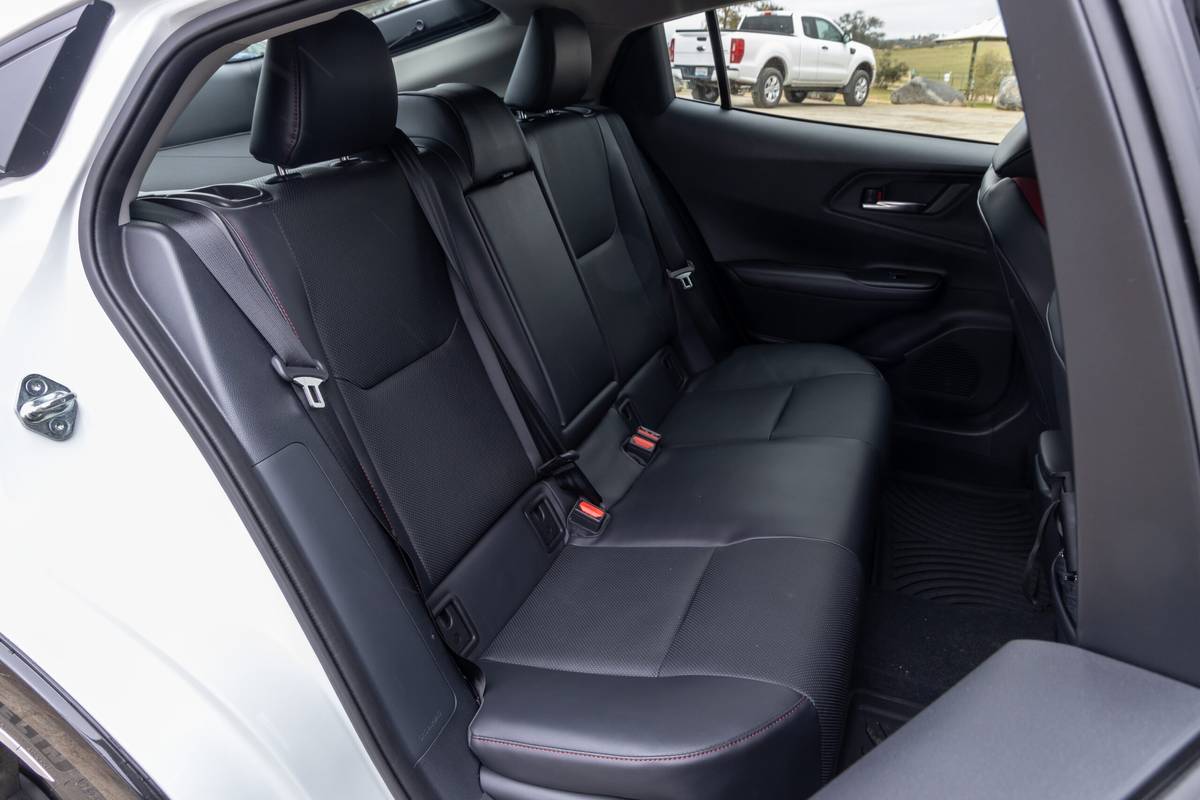
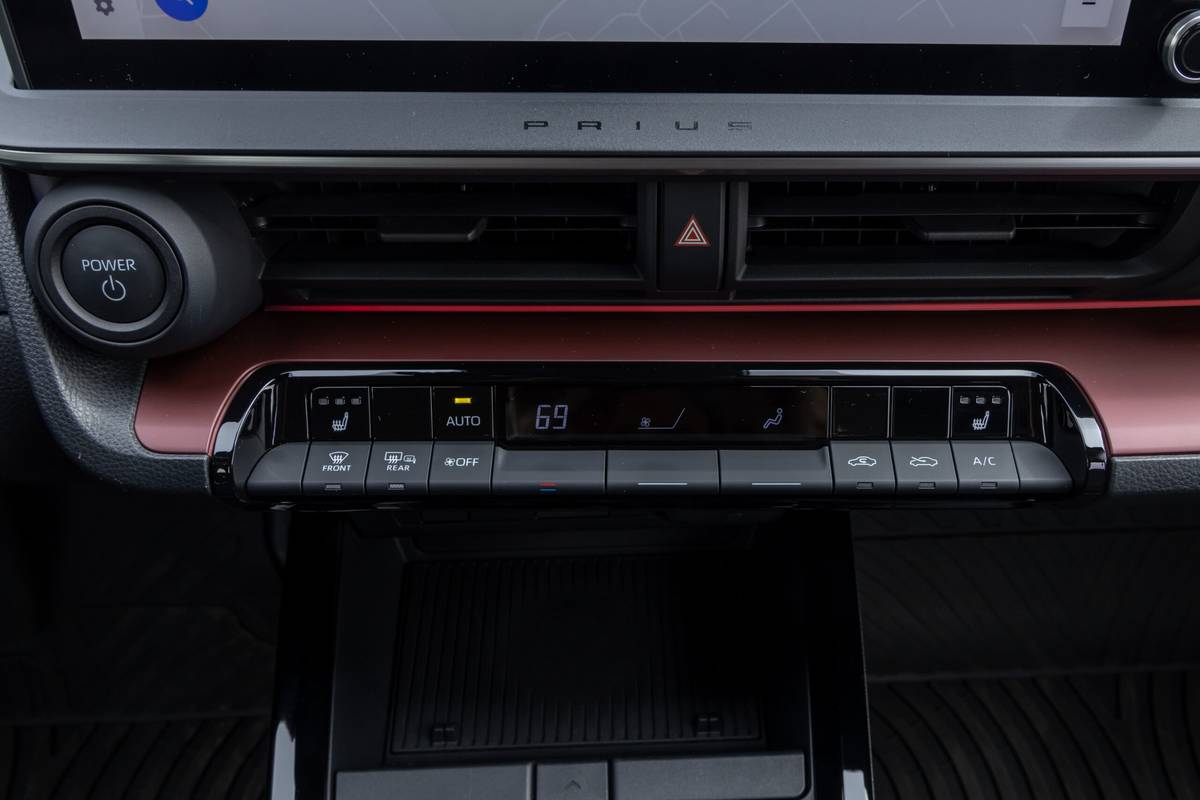
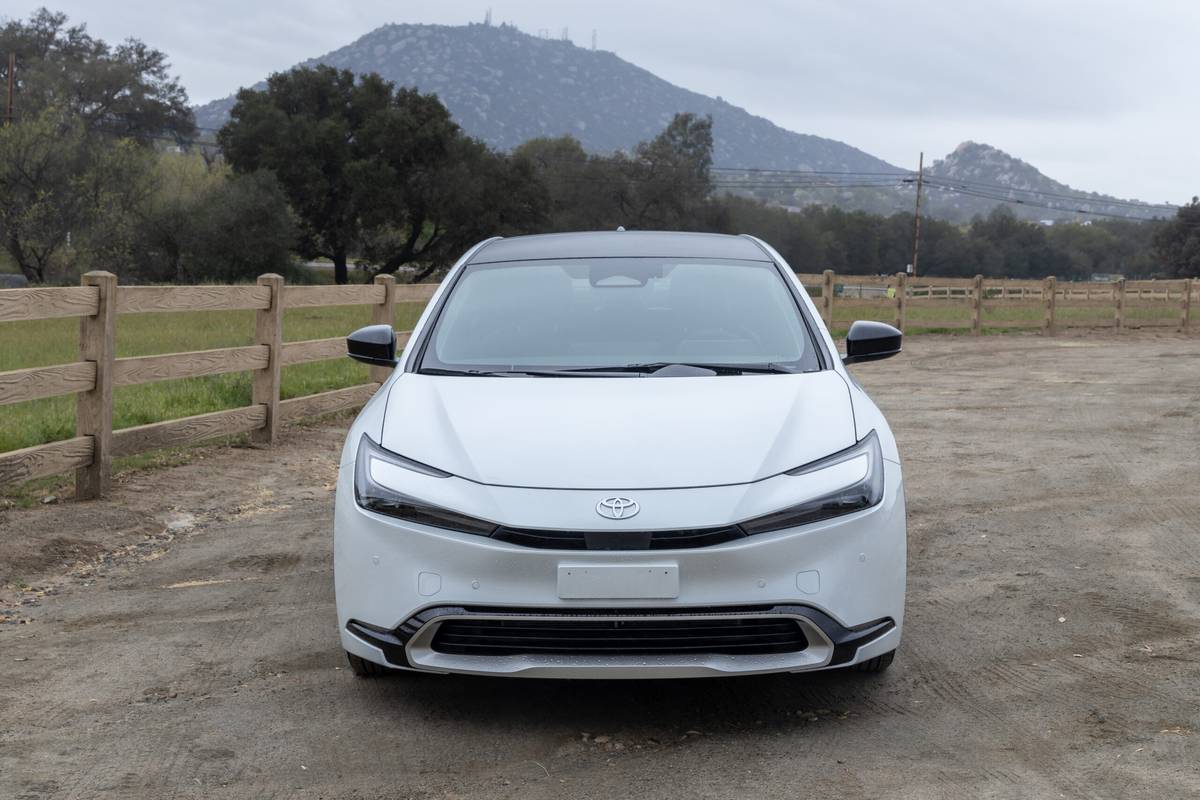
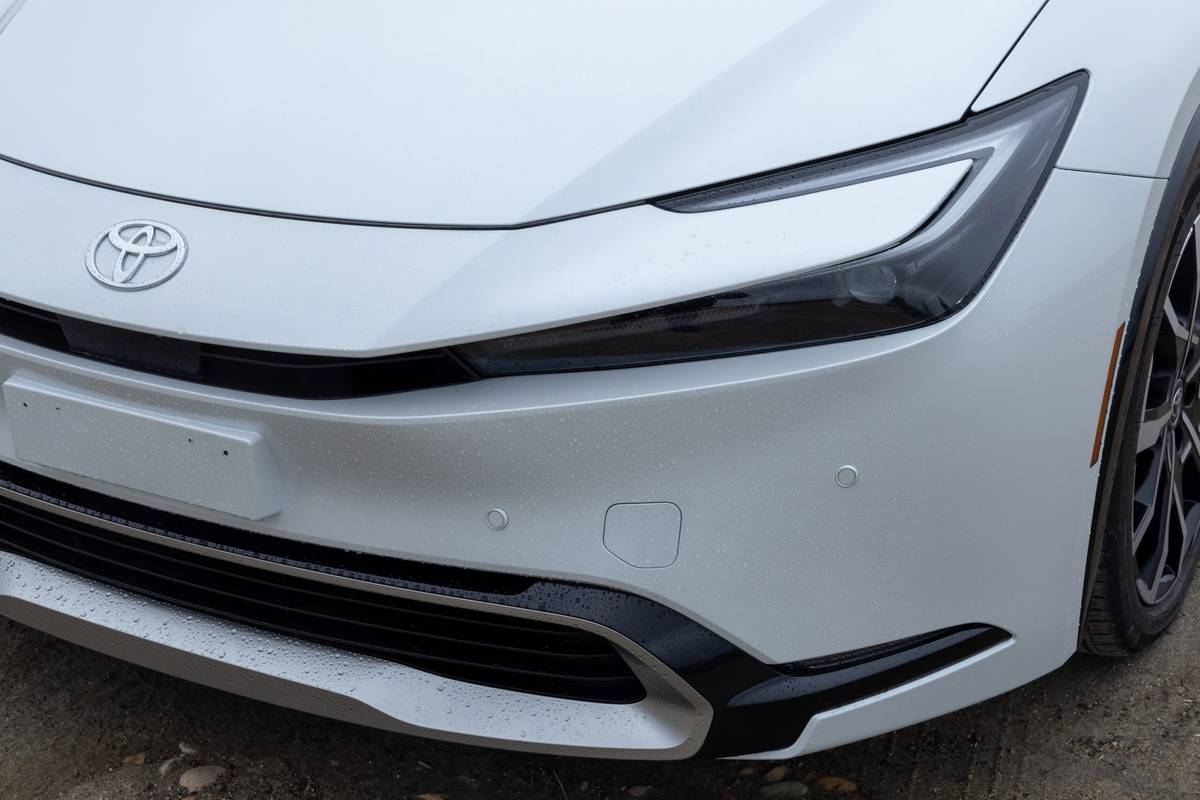
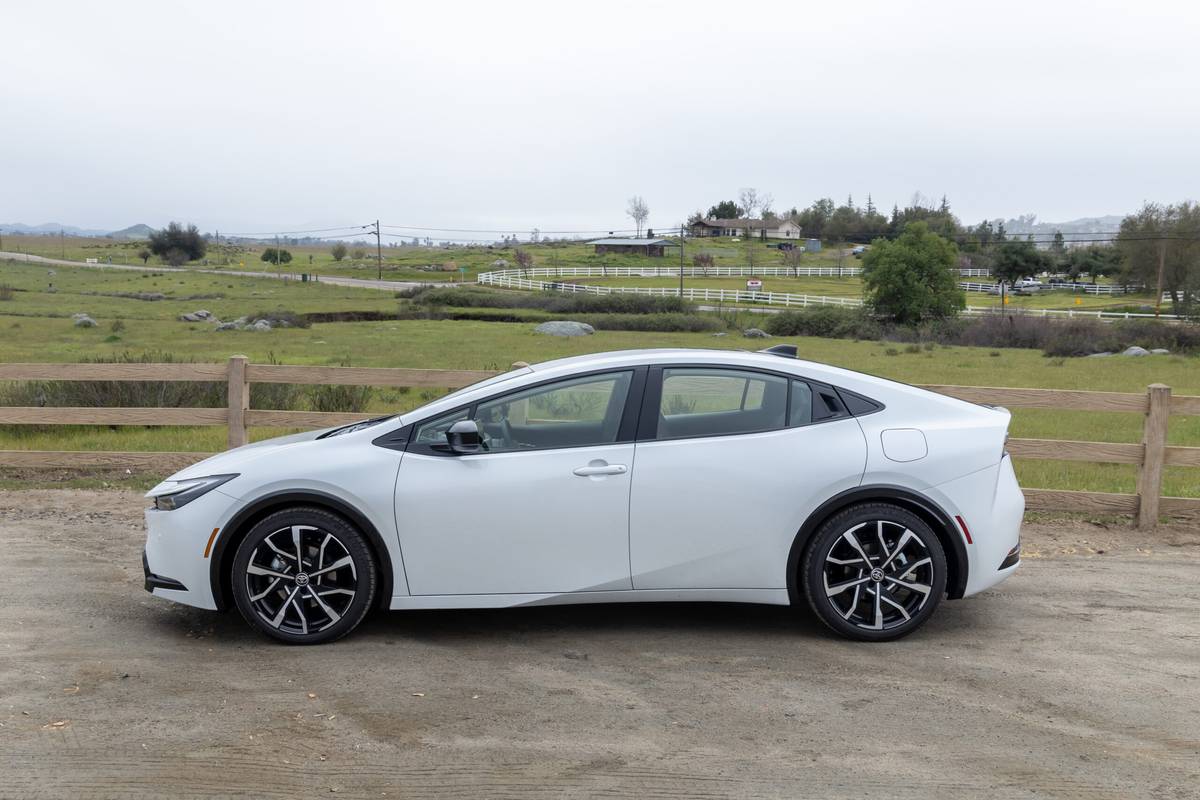
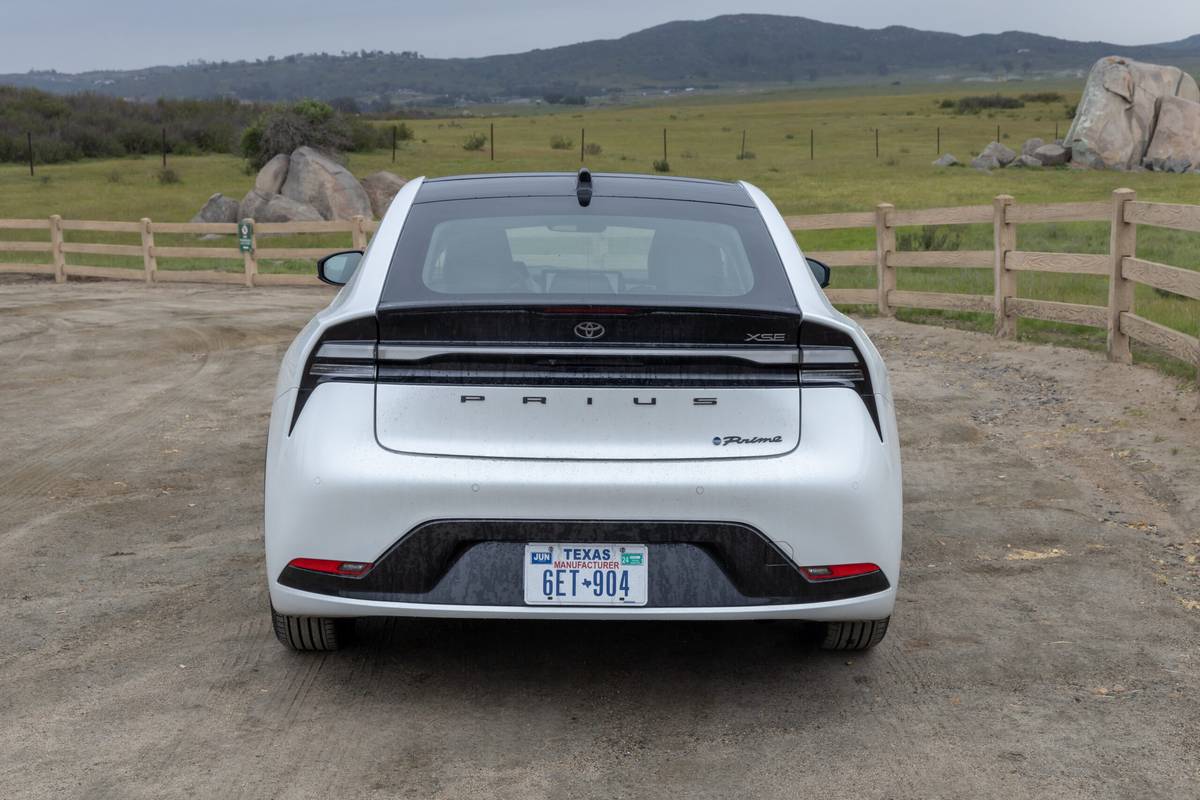
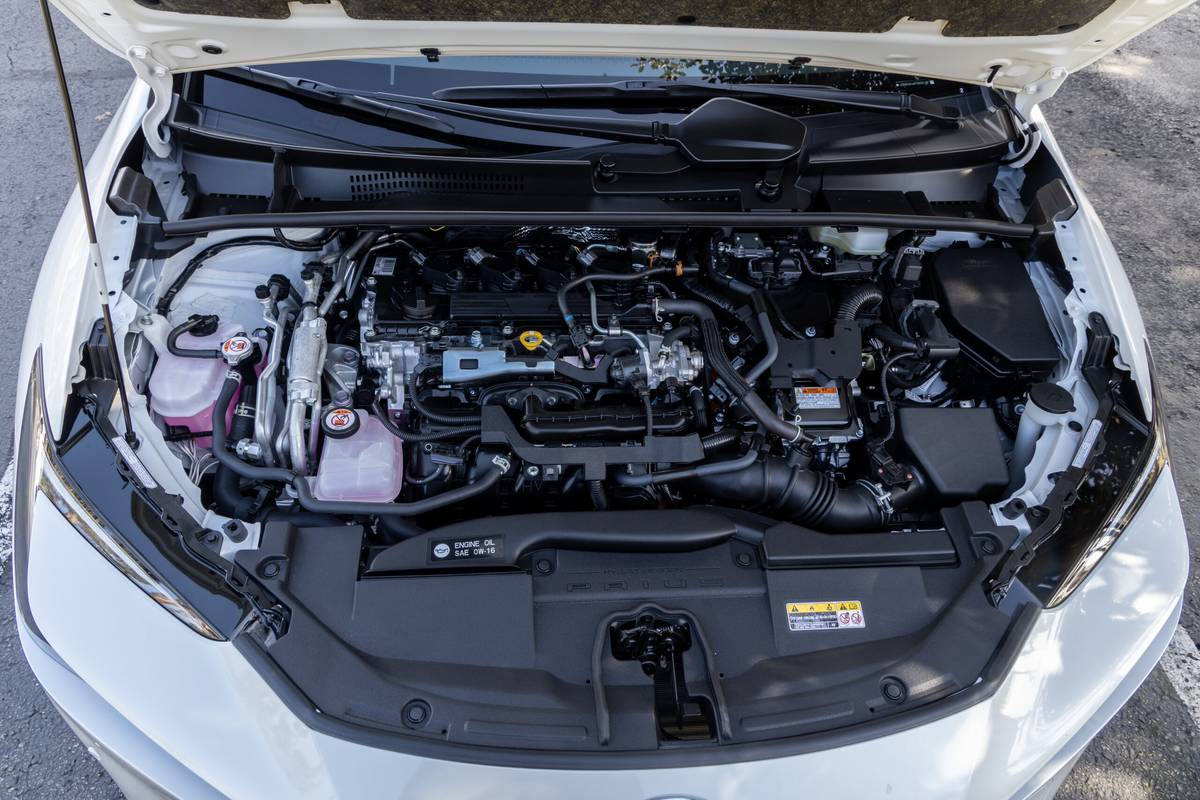
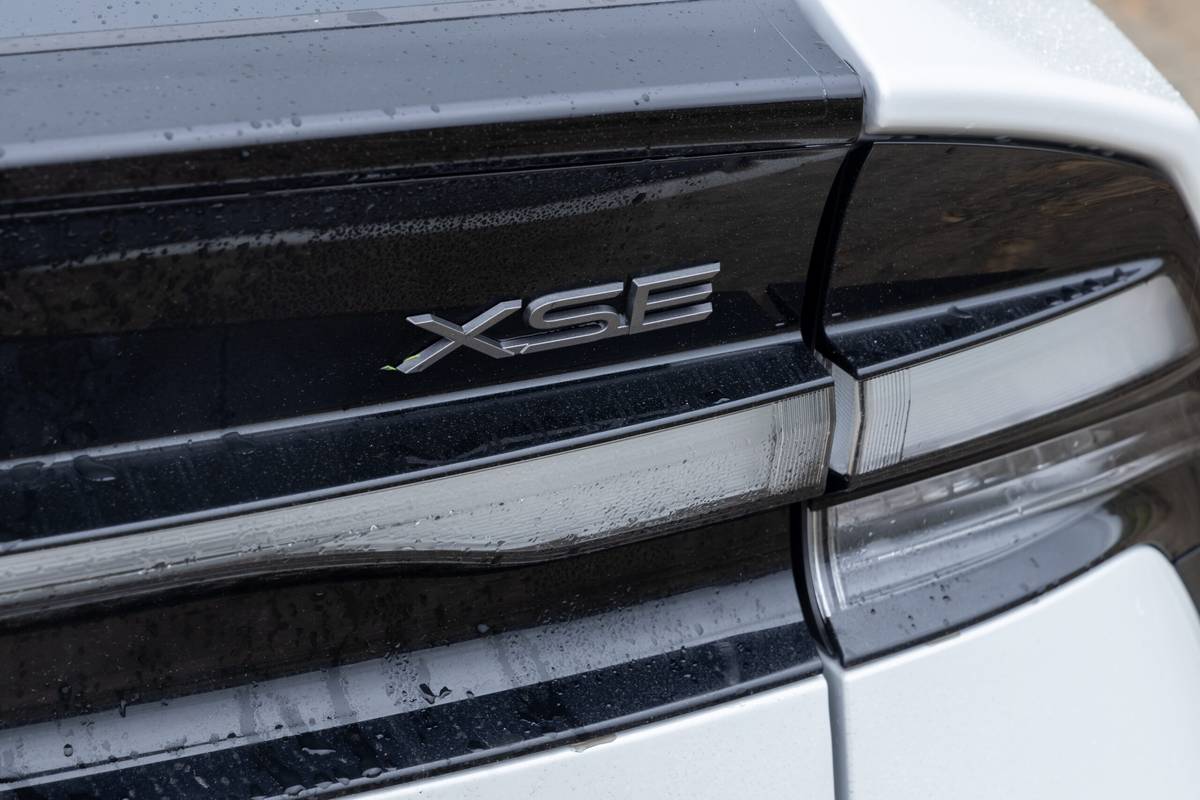

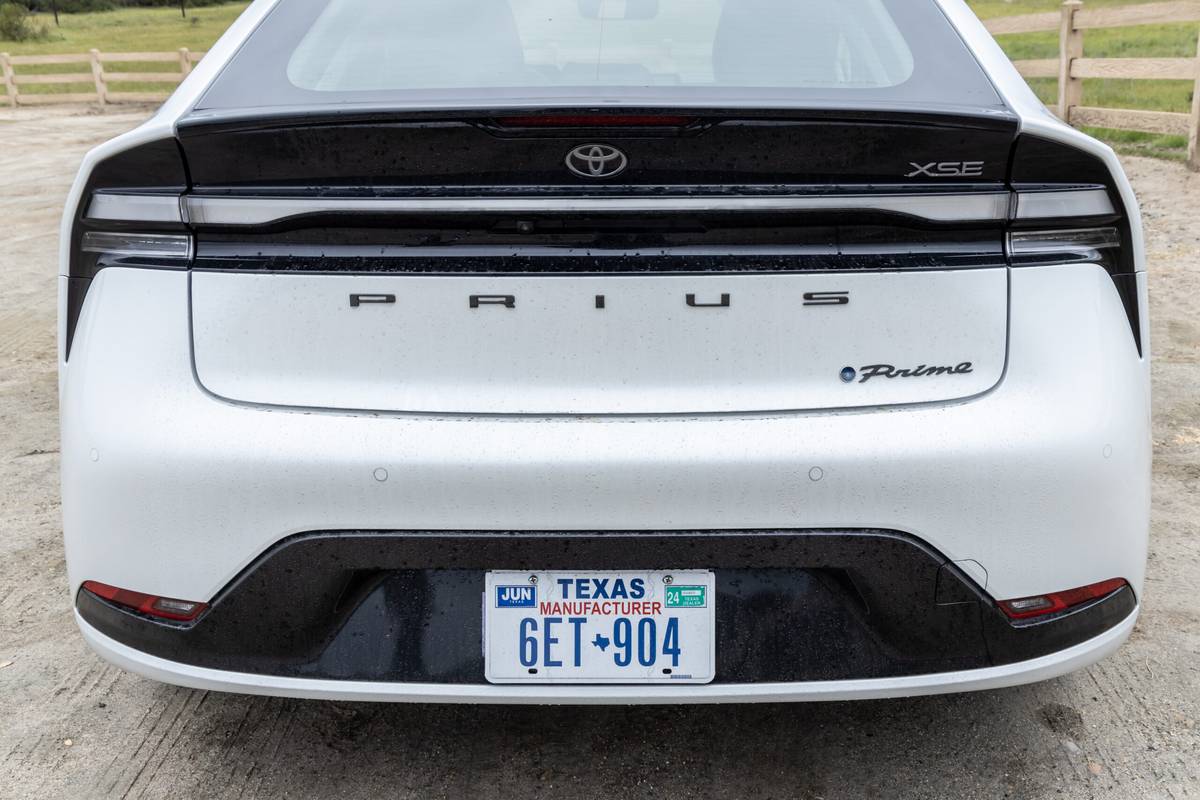
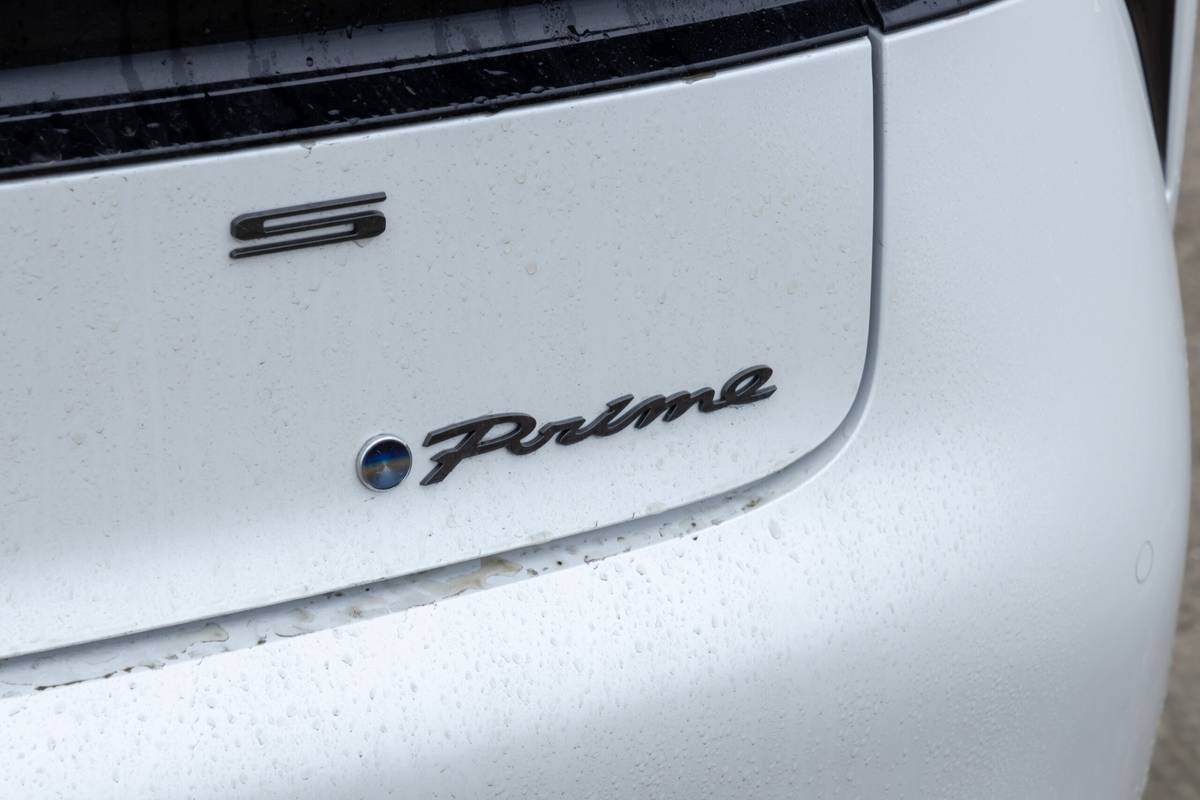
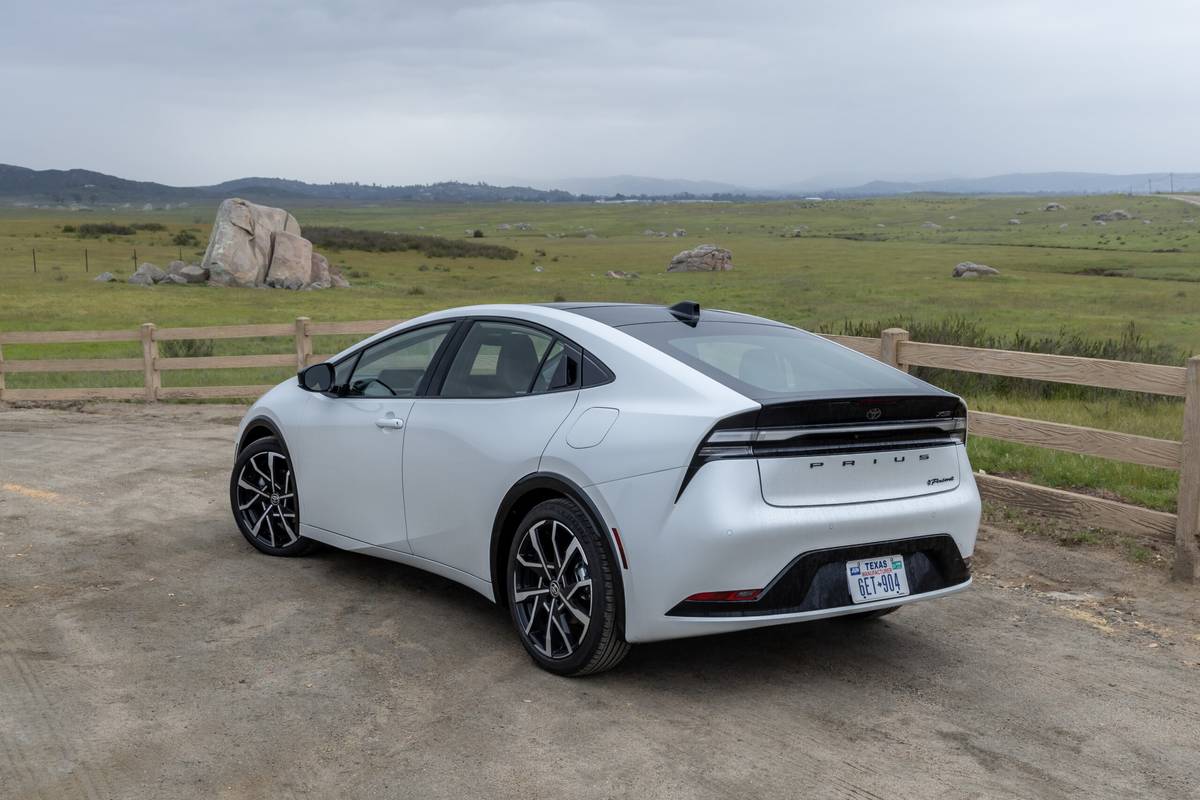

 Latch
Latch
 Infant
Infant
 Rear-facing Convertible
Rear-facing Convertible
 Front-facing Convertible
Front-facing Convertible
 Booster
Booster








.png)


